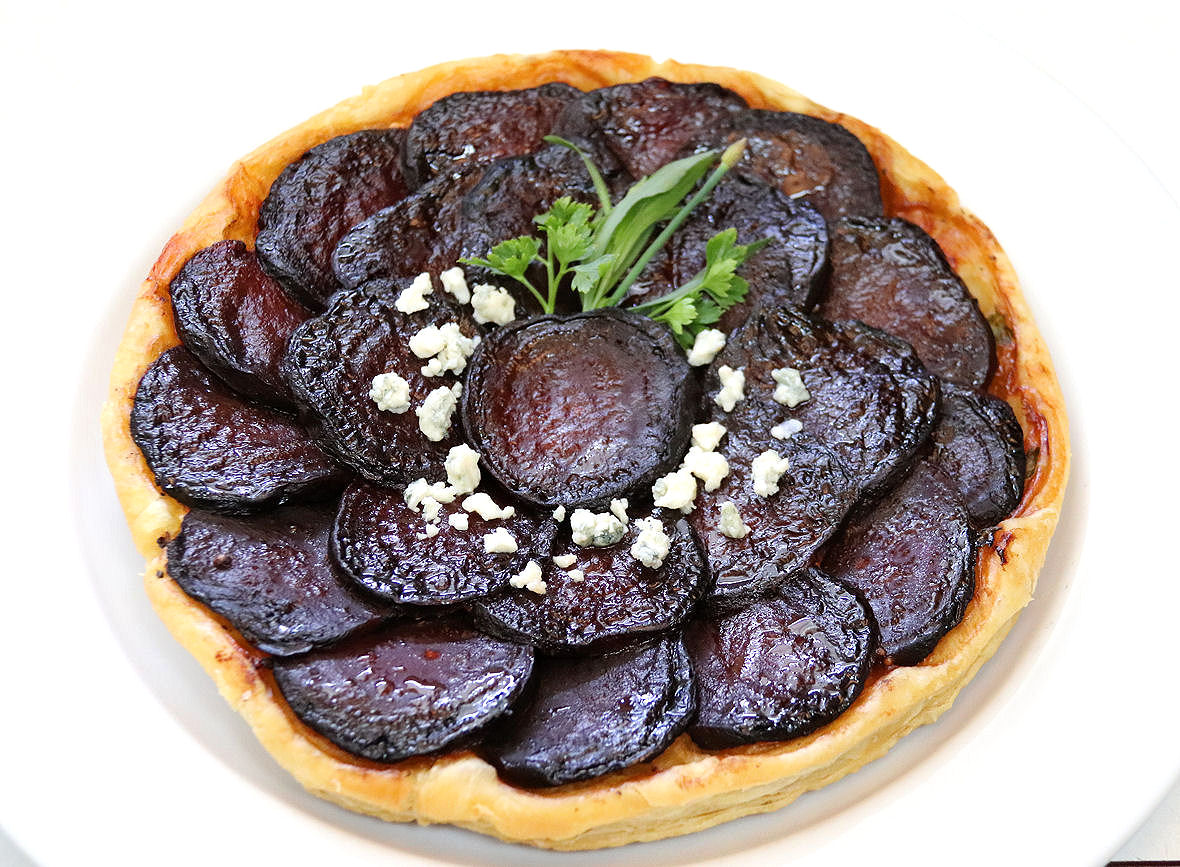
Savory is an ancient herb but is often overlooked today when cooking. Yet its distinctive aroma and taste is embraced by many ingredients to the point where little seasoning is needed in addition to this herb. It possesses a mastery in cooking subtly infusing its character in meats, poultry, fish, shellfish, eggs, grains, and vegetables.
There are two main plants used in cooking: Winter Savory, called Satureja (Satureia) montana, is a perennial herb with stronger flavor than the annual Summer Savory, called Satureja (Satureia) Ortense (Hortensis L.), so it has wider application in cooking. Common names and regional terms include santoreggia, erba cerea, erba pepe, peperna, and timo dritto. This hardy plant grows between 12 and 24 inches (30 and 61 cm) high, with oval-lanceolate leaves that are deep green-colored and thick. Preferring temperate climate, it is cultivated mostly throughout southern Europe and the Mediterranean.
Traditions: It is considered an aphrodisiac, to create passion, from whence it takes its name, is satiety (saturitas), to satiate or satisfy the passions. Referred to in the writings of Pliny, Virgil, and Platina, it has been an esteemed herb used for food and medicine for millennia. During the Middle Ages, St. Hildegarde recommended savory for treating gout.
Applications: Both winter and summer savory are used as stimulants, antispasmodics, and disinfectants. Being carminative herbs, they are great for aiding proper digestion. The actual plant added as flavoring to dishes is promoted as relieving stress. Make a savory herbal tea, add some natural sweetener, and drink as a tonic.
Savory Essential Oil: This oil is very high in phenols and strongly antiseptic, like oregano and thyme essential oils, so dilute with a carrier oil before use. It is considered "hot" and a bit acrid, so treat similars as in homeopathy application, meaning savory essential oil is great for burns, cuts, and other skin ailments. It is very effective for hastening the formation of scar tissue. For oral conditions, it is used to treat laryngitis and toothaches.
Culinary Uses: The entire plant has intense flavor, so its leaves, flowers, and branches are used. It dries very well and can be preserved in a sealed jar for a year or longer. Outstanding when paired with lamb, pork, and game, it is an important herb for making insaccati or salame, and for stuffing. Legumes, chickpeas, lentils, sauces, and condiments welcome a light addition of savory. Crush any part of the plant and immerse it in oil, alcohol, or water to make an infusion. Therefore, it is no wonder that it flavors wine and liqueur. Savory, or santoreggia, blends well with garlic, onion, leeks, shallots, lime, thyme, rosemary, sage, and most mints.
* This synopsis imparts valuable information that could be beneficial as part of a wellness program. Its purpose is to open the thought process to consider including herbs and spices as natural supplements in personal regimens. Briefly stating how the plant was valued and used historically in different ages and cultures, it lists some current uses. If interested in this particular plant, please extend your research via books and articles for more details and uses.
With increasing interest for including alternative therapies with standard drug therapy, research continues, so this topic evolves continuously. Please consult your wholistic and holistic practitioners, homeopaths, nutritionists, dentists, and physicians to keep yourself updated if you choose to incorporate or ingest the plant in any form for medical purposes.








